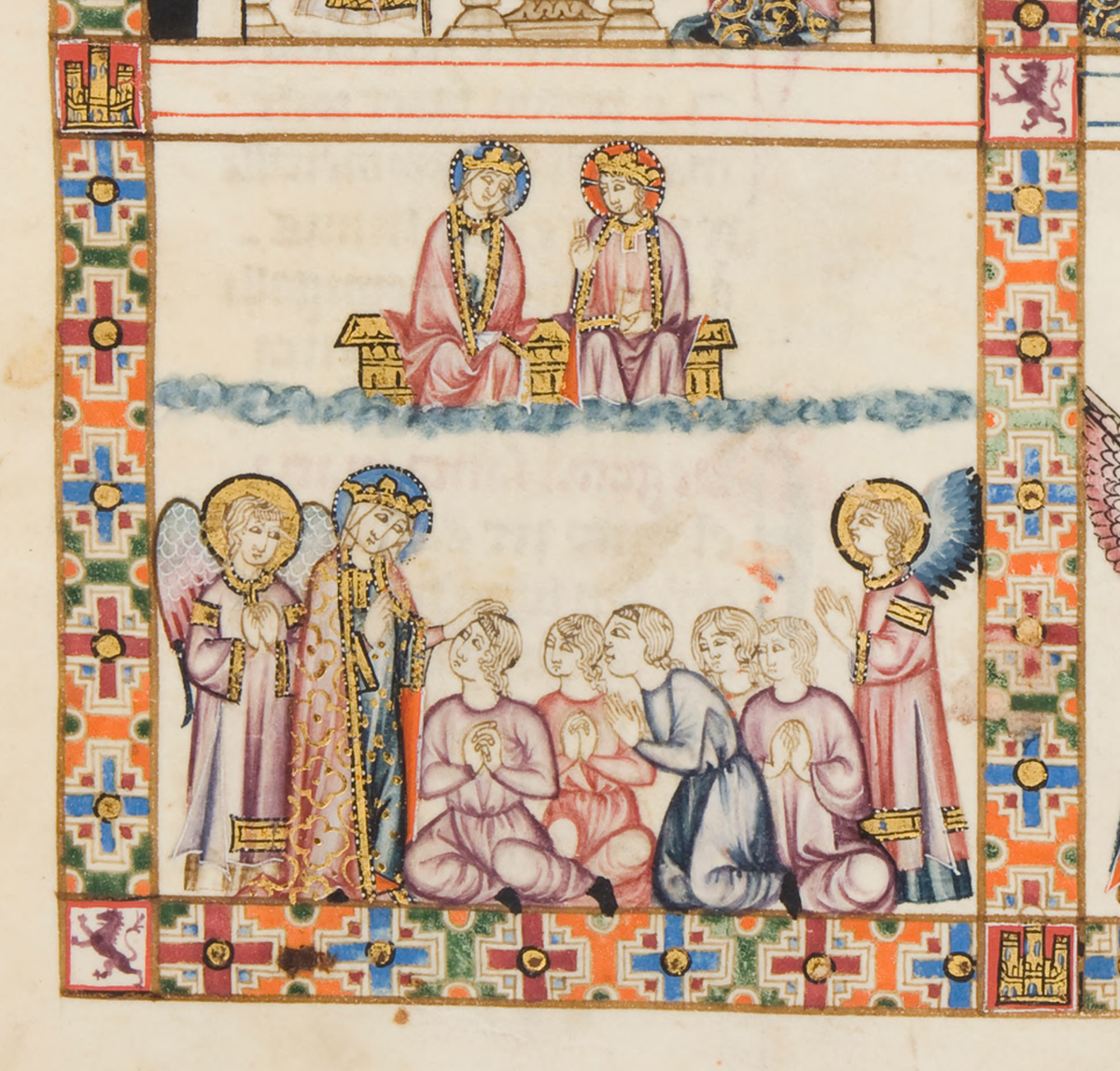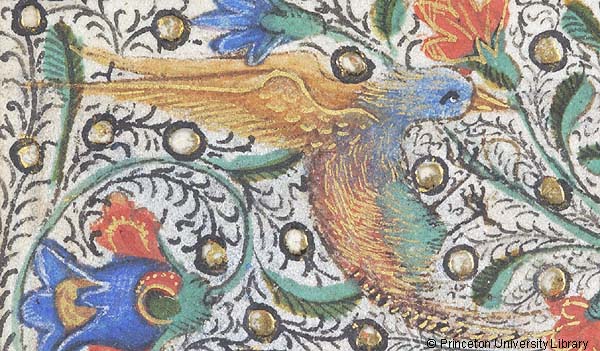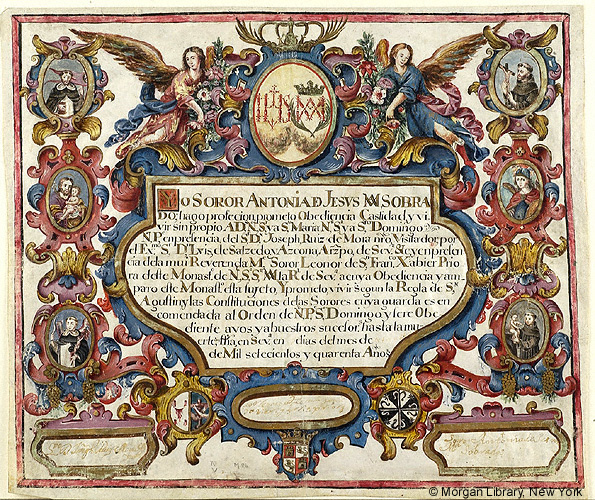A very common criticism of medieval art is the assumption that the artist could not draw hands properly. From a modern consumer perspective, the hands in medieval artwork can seem awkward or poorly drawn. However the judgement misses the point, in the medieval period, realism was not the primary focus but was instead intended to convey spiritual and symbolic meaning. With a lot of medieval art thing s being "drawn poorly" was not the case, the reason medieval art looks the way it does is because of the heavy amount of symbolism. Hands were exaggerated to show their significance, like a blessing hand being enlarged to show its importance.
Welcome to Debunking Medieval Art Slander
We aim to challenge misconceptions about medieval art and reveal the true skill and significance behind these masterpieces.
They Couldn't Draw Hands?

Weird Eyes Everywhere

Another primary criticism of medieval art is the depiction of eyes. The way eyes are portrayed in medieval art is inherently strange to a modern perspective. To them, the eyes can appear too large or mismatched. But the critique ignores the cultural context, context is KEY to understanding medieval art, especially in regards to history, religion and culture. Eyes in medieval art were not meant to be realistic; they were symbolic. Large eyes were used to represent spiritual insight. Hence the saying "the eyes are a window to the soul" that is prevalent throughout history, spirituality, and culture. Eyes can also represent divine connection and emotional depth, they are not meant to capture human anatomy.
Actually, They Were Skilled

The most egregious criticism about medieval art is that they were "unskilled" pre-renaissance era. This potshot is simply incorrect, while their art may have not focused on realistic representation, it demonstrated impressive skill. It should be kept in mind the PROCESS in which medieval art was made, especially in regards to manuscripts and beastaries. Medieval artists were trained professionals, they were mastering techniques in manuscript illumination, sculpture and architecture. The goals for medieval art is focusing on meaning, not mimicking reality, all the while being highly sophisticated. Adding on, it is crucial to understand the process of these creations, these were not just casual sketches or doodles, but time-consuming depictions of devotion and precision, a single book could take months or even years to complete. The materials alone were incredibly expensive for the time, vellum was made from animal skins, pigments were derived from minerals and plants. It should also be noted goldleaf was applied by hand, monasteries and artist workshops passed down strict techniques over generations, their artistic process was not meant to replicate reality, but to convey spirituality, symbolism, and moral meaning. As such, tactlessly judging their works by modern aesthetic beauty standards and the western perspective of artistic technique misses the point entirely! It should be noted that not every piece of art in the history of humanity is obliged to follow the western renaissance technique. (pre-renaissance or not)